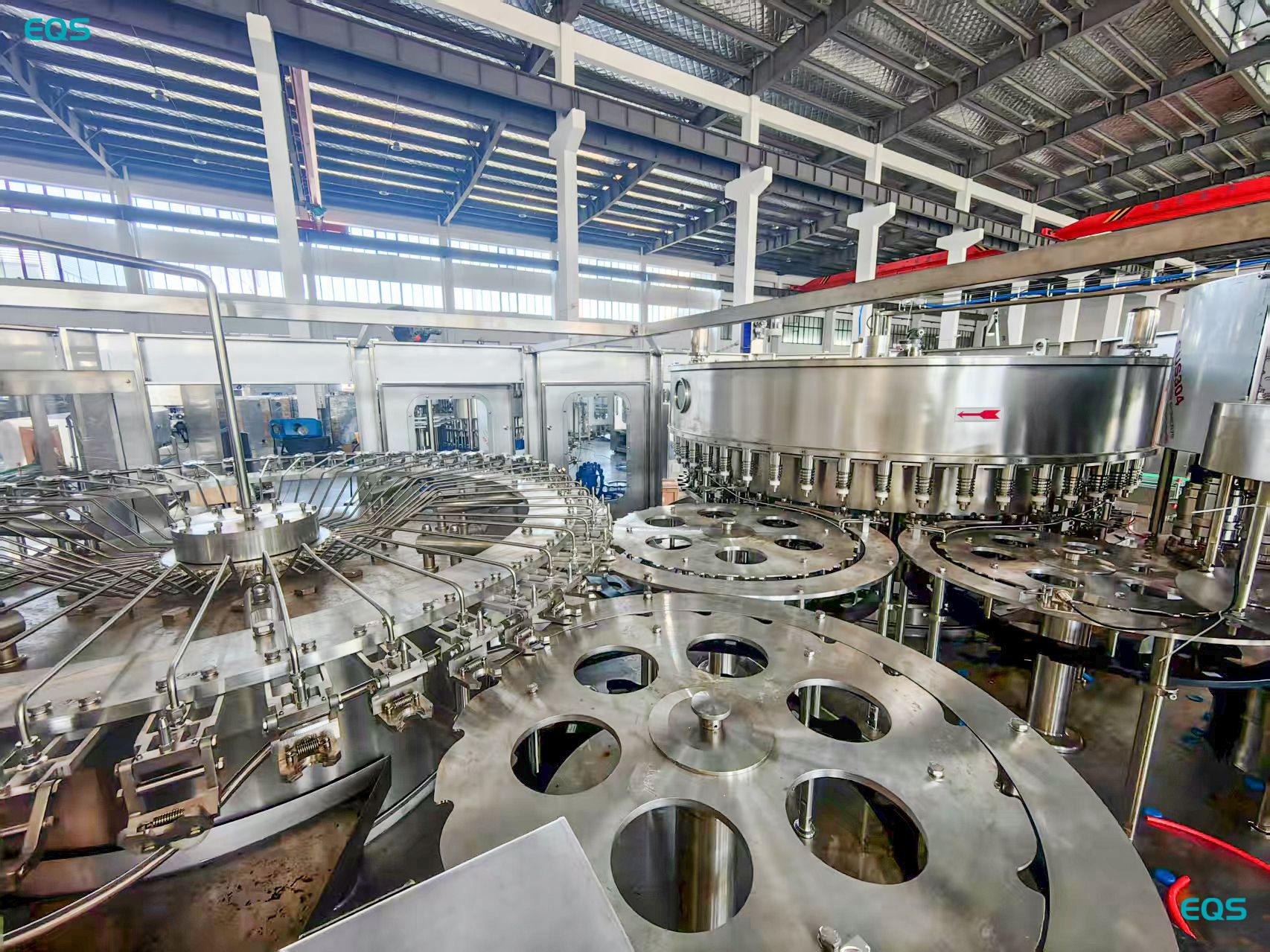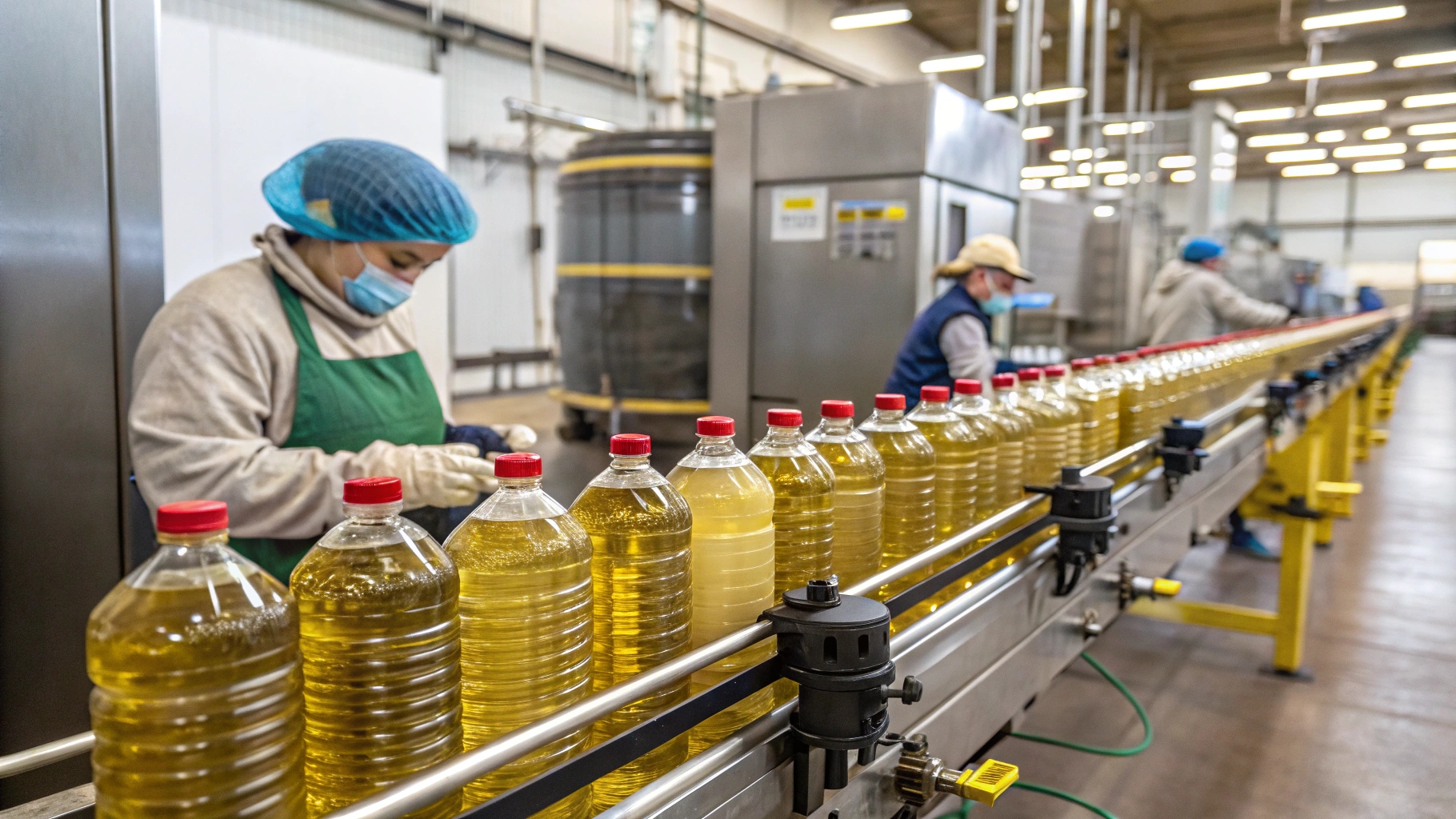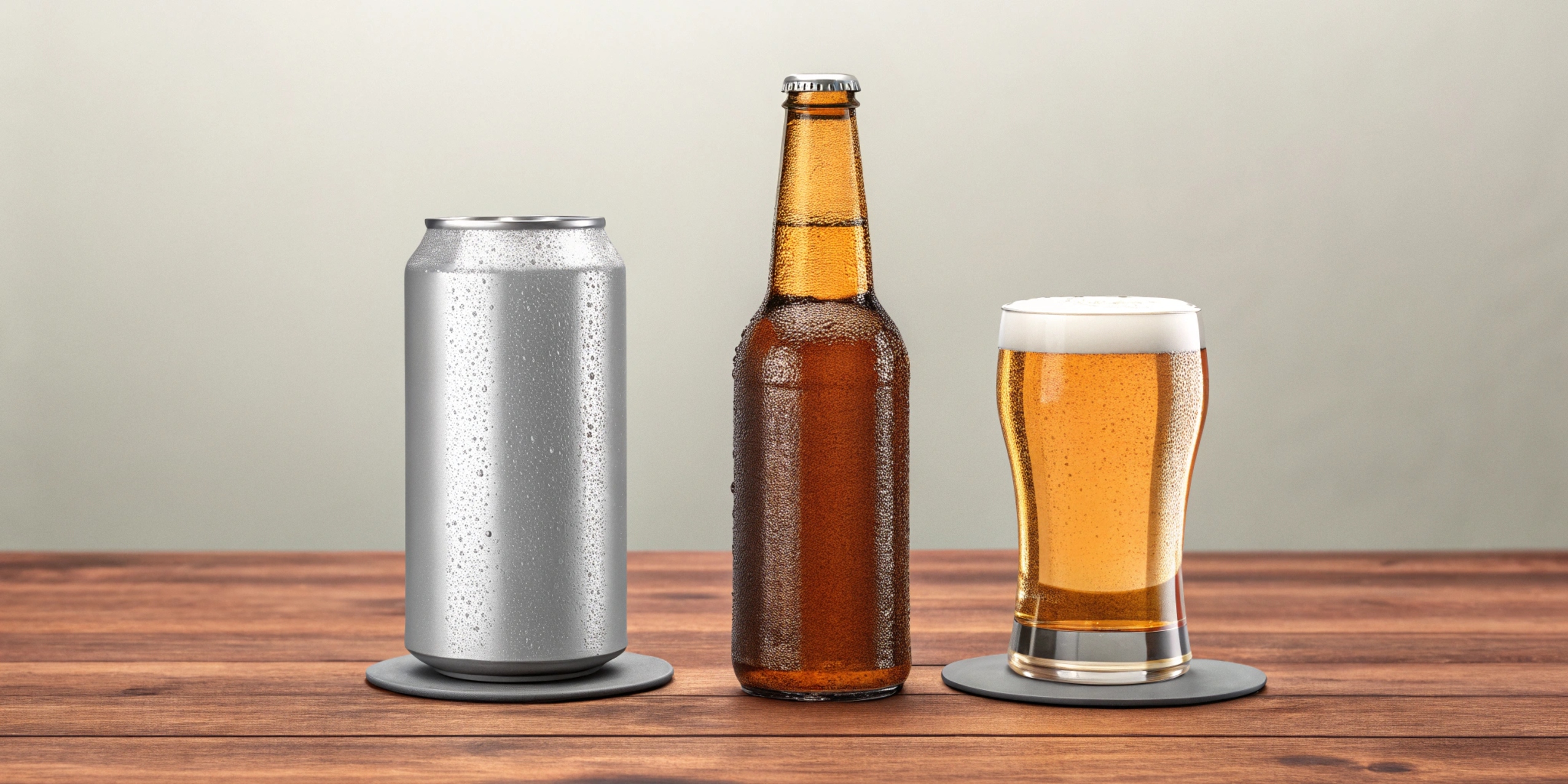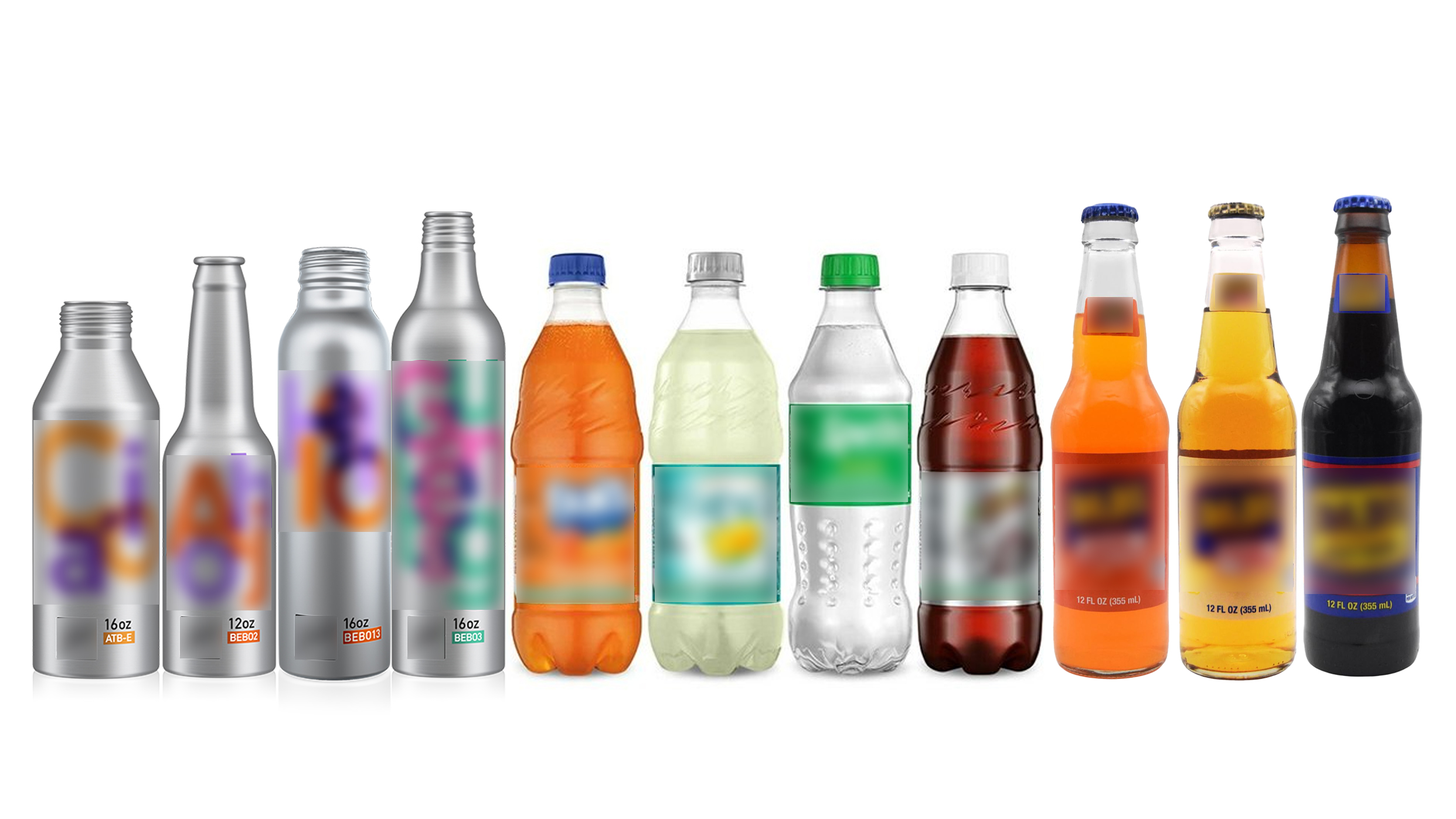What is UHT Process?
leading paragraph:
Ever seen milk that doesn't need refrigeration? That's UHT!
snippet paragraph:
UHT, or Ultra-High Temperature, processing is a method to preserve liquid foods like milk. It heats the food above 135°C (275°F) for a few seconds to kill bacteria and spores, giving it a longer shelf life without needing refrigeration until opened. This ensures safety and convenience.
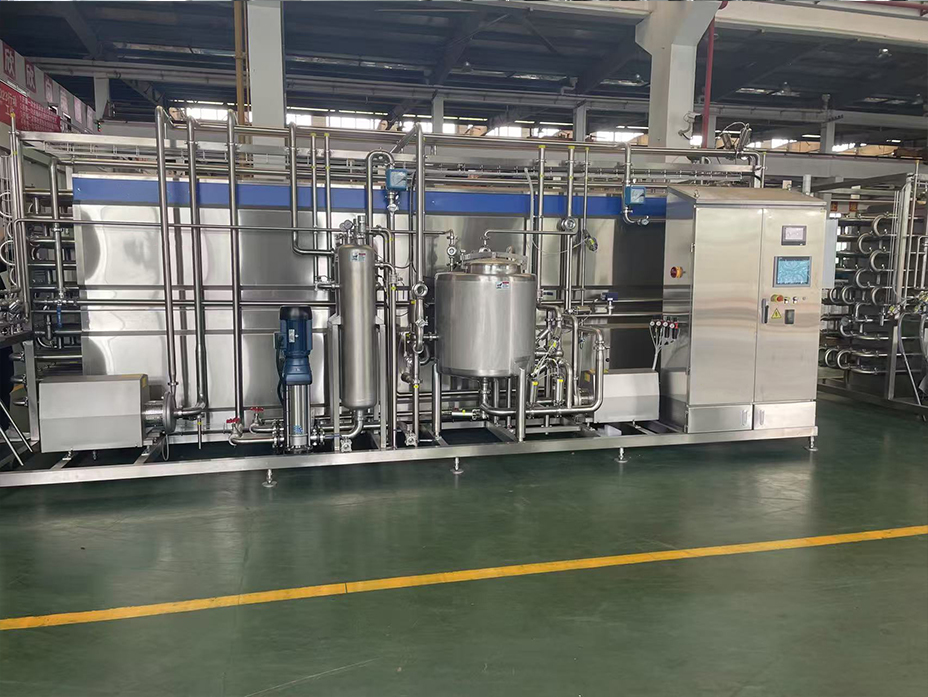
Transition Paragraph:
Let's dive deeper into what UHT means for your milk and other products.
Is UHT Milk Healthier Than Fresh Milk?
leading paragraph:
Is UHT milk better for you? Let's compare.
snippet paragraph:
UHT milk and fresh milk have similar nutritional value. UHT processing may slightly reduce some heat-sensitive vitamins like B12 and C, but the main nutrients (protein, calcium) remain largely unchanged. The health benefits are comparable, but UHT milk offers longer storage without refrigeration.
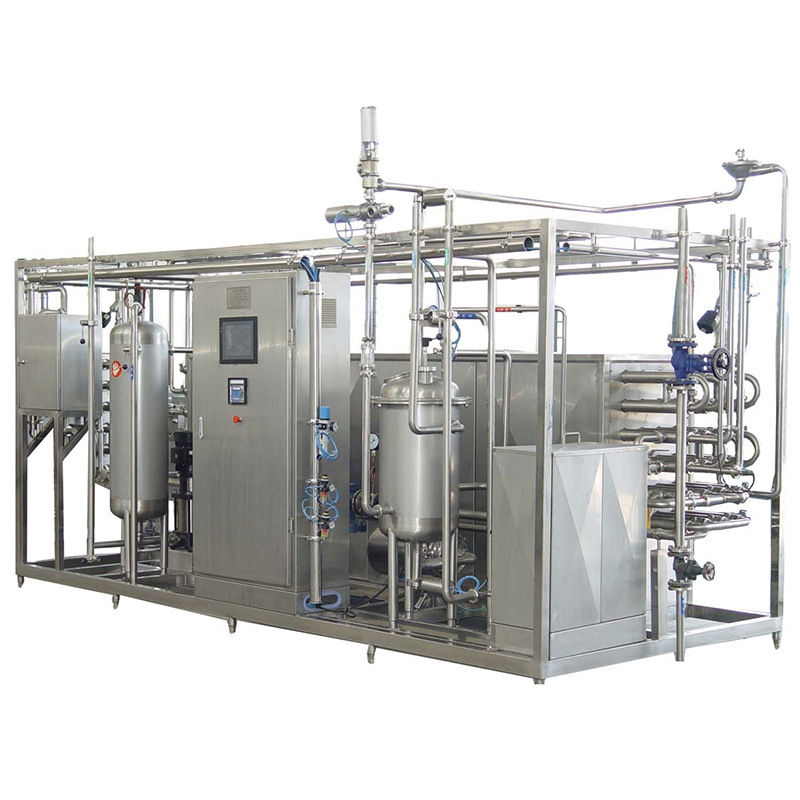
Nutritional Comparison
- Protein: Similar levels in both.
- Calcium: Unchanged by UHT.
- Vitamins: Slight reduction of B12 and C in UHT.
- Shelf life: UHT milk wins.
- Storage: UHT milk doesn't need refrigeration.
- Taste: Fresh milk tastes better
Dive deeper Paragraph:
When it comes to health, UHT milk holds its own against fresh milk. While the ultra-high temperature process does have some impact on the milk's composition, the core nutritional benefits remain largely intact. It's important to consider these nuances when choosing between UHT and fresh milk.
Protein and Calcium
Both protein and calcium levels remain virtually unchanged during UHT processing. These essential nutrients are crucial for building and maintaining strong bones and muscles, making both types of milk a valuable source.
Vitamins
The primary difference lies in the slight reduction of certain heat-sensitive vitamins, such as B12 and C. However, the decrease is generally minimal and doesn't significantly alter the overall nutritional profile. If you're heavily reliant on milk for these specific vitamins, consider diversifying your diet to ensure adequate intake.
Shelf life and Taste
UHT milk's longer shelf life and convenience are significant advantages, especially for those who don't consume milk regularly or have limited access to refrigeration. However, some people find that UHT milk has a slightly cooked or altered taste compared to fresh milk, which may be a deciding factor.
What is the Disadvantage of UHT?
leading paragraph:
Are there downsides to UHT? Let's explore.
snippet paragraph:
The main disadvantage of UHT is a slight change in taste due to the high heat. Some consumers find UHT milk has a "cooked" flavor compared to fresh milk. Additionally, some heat-sensitive vitamins may be reduced, though the overall nutritional impact is minor. However, the extended shelf life often outweighs these drawbacks.

Potential Drawbacks
- Taste: "Cooked" flavor.
- Vitamins: Slight reduction.
- Cost: Might be more expensive.
- Marketing: Perception of "processed" food
Dive deeper Paragraph:
While UHT processing offers numerous benefits in terms of convenience and shelf life, it's essential to acknowledge its potential drawbacks. These disadvantages primarily revolve around changes in taste and the reduction of certain nutrients.
Taste Alteration
The high heat used in UHT processing can lead to the formation of compounds that impart a "cooked" or slightly burnt flavor to the milk. This taste difference is the most commonly cited disadvantage of UHT milk and can be a deterrent for consumers who prefer the taste of fresh milk.
Nutrient Reduction
While the core nutrients like protein and calcium remain largely unaffected, UHT processing can result in a slight reduction of heat-sensitive vitamins, such as vitamin C and certain B vitamins. However, the extent of this reduction is generally minimal and doesn't significantly compromise the overall nutritional value of the milk.
What's the Difference Between UHT and Pasteurization?
leading paragraph:
UHT vs. Pasteurization? What sets them apart?
snippet paragraph:
UHT and pasteurization both kill harmful bacteria in milk, but they use different temperatures. Pasteurization heats milk to about 72°C (161°F) for 15 seconds, while UHT heats it to above 135°C (275°F) for a few seconds. UHT milk has a much longer shelf life and doesn't need refrigeration until opened, unlike pasteurized milk.
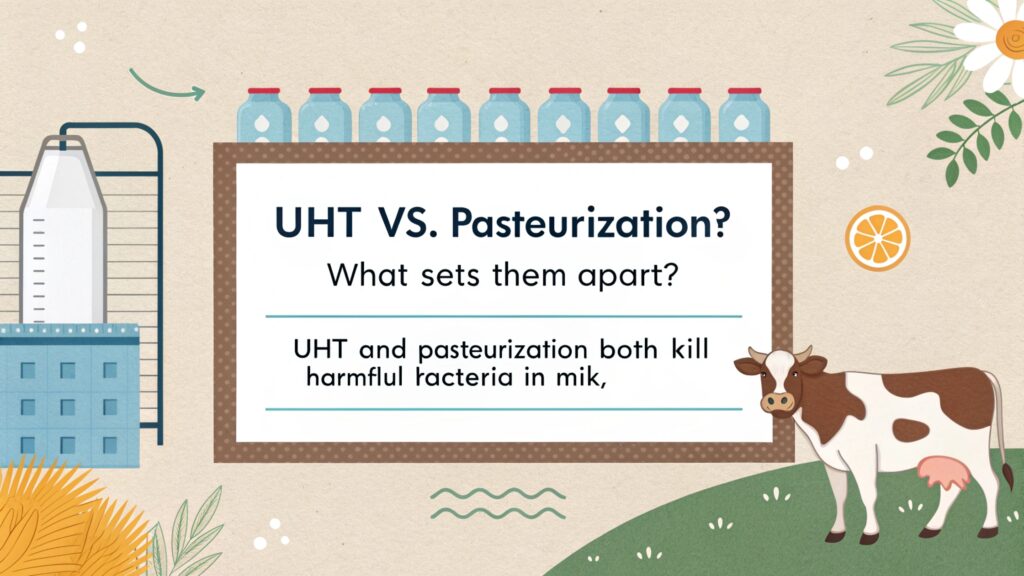
Key Differences
| Feature | Pasteurization | UHT |
|---|---|---|
| Temperature | 72°C (161°F) for 15 seconds | Above 135°C (275°F) for a few seconds |
| Shelf Life | Shorter, needs refrigeration | Longer, no refrigeration needed |
| Taste | More similar to fresh milk | Slight "cooked" flavor |
| Bacteria Killed | Most harmful bacteria | Almost all bacteria and spores |
| Nutritional Impact | Minimal | Slight reduction of some vitamins |
Dive deeper Paragraph:
Pasteurization and UHT are both heat treatments used to make milk safe to drink by eliminating harmful bacteria. However, they differ significantly in their intensity and the resulting shelf life of the milk.
Temperature and Time
Pasteurization involves heating milk to a relatively moderate temperature of around 72°C (161°F) for about 15 seconds. This process effectively kills most harmful bacteria while preserving much of the milk's original flavor and nutritional content. UHT, on the other hand, employs a much higher temperature of above 135°C (275°F) for just a few seconds. This intense heat eliminates nearly all bacteria and spores, resulting in a product that can be stored at room temperature for extended periods.
Shelf Life and Storage
The most significant difference between pasteurized and UHT milk is their shelf life and storage requirements. Pasteurized milk typically lasts for about 1-2 weeks in the refrigerator, while UHT milk can remain fresh for several months without refrigeration until opened.
Why Is UHT Milk Not Popular in the US?
leading paragraph:
Why isn't UHT a hit in the US? Here's why.
snippet paragraph:
UHT milk isn't as popular in the US due to a preference for fresh taste and well-established refrigeration infrastructure. Many Americans prefer the taste of fresh pasteurized milk, and UHT's "cooked" flavor is a deterrent. Additionally, reliable refrigeration makes long-life milk less necessary for most consumers.
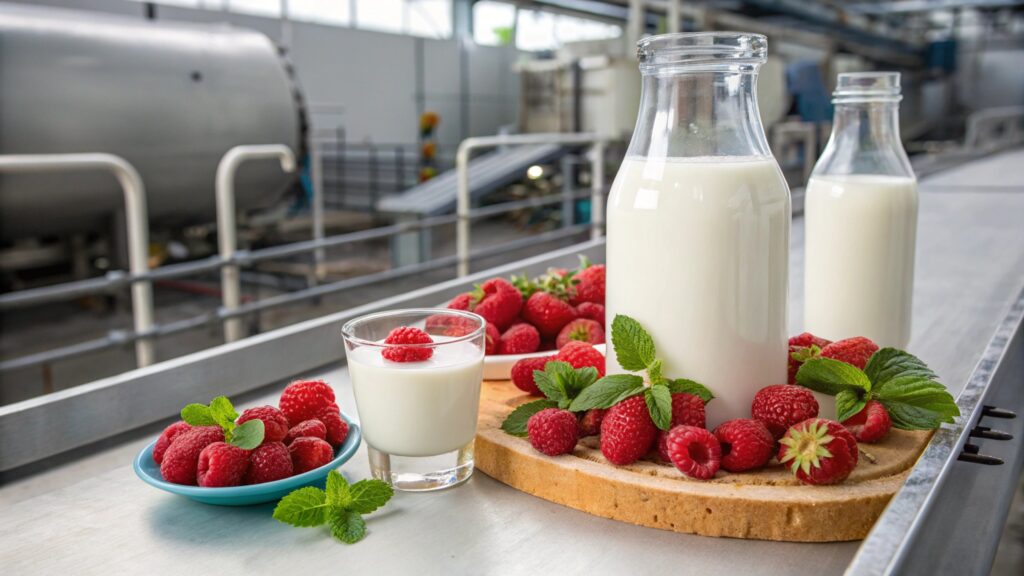
Factors Affecting Popularity
- Taste Preference: Love for fresh taste.
- Refrigeration: Readily available.
- Marketing: Focus on fresh milk.
- Consumer Education: Lack of awareness of UHT benefits.
Dive deeper Paragraph:
Despite its widespread use in other parts of the world, UHT milk has yet to gain significant traction in the United States. Several factors contribute to this lack of popularity, ranging from consumer preferences to marketing strategies.
Taste Preference
One of the primary reasons for UHT milk's limited appeal in the US is the strong preference for the taste of fresh pasteurized milk. Many Americans find the "cooked" flavor of UHT milk to be unappealing and prefer the fresher, more natural taste of pasteurized milk.
Refrigeration Infrastructure
The United States boasts a well-established refrigeration infrastructure, making it easy for consumers to access and store fresh milk. Unlike regions where refrigeration is less reliable or widespread, Americans don't typically need the extended shelf life offered by UHT milk.
Conclusion
UHT is a great way to preserve milk, but it has tradeoffs. It's all about balancing convenience, taste, and what you value most!
My name is Allen, and I'm an expert in filling machine technology at EQS (eqsfilling.com), a leading liquid packaging solution provider based in China. If you're looking for top-quality equipment for your production line, feel free to reach out to me at [email protected]. We specialize in providing customizable solutions with cutting-edge technology.


